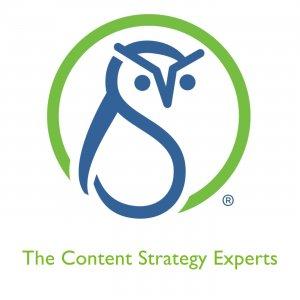Content Operations

Taking a phased approach to your content strategy (podcast)
In episode 82 of The Content Strategy Experts podcast, Elizabeth Patterson and Bill Swallow talk about taking a phased approach to content strategy when you have limited resources and how you can prioritize that approach. “It’s really easy to allow your scope to expand. Try to keep it finite. Try to keep the phases small.” —Elizabeth Patterson Related links: * The true cost of quick fixes (podcast, part 1) * The true cost of quick fixes (podcast, part 2) Twitter handles: * @billswallow * @PattersonScript Transcript: Elizabeth Patterson: Welcome to the Content Strategy Experts podcast brought to you by Scriptorium. Since 1997, Scriptorium has helped companies manage, structure, organize, and distribute content in an efficient way. In this episode, we look at taking a phased approach to content strategy when you have limited resources and how you can prioritize that approach. Hi, I’m Elizabeth Patterson. Bill Swallow: And I’m Bill Swallow. EP: And today we’re going to talk about taking a phased approach to your content strategy. So the first thing that we’re going to hit on is why exactly companies take that phased approach, which is something that we are seeing more and more frequently with the companies that we’re working with. And the number one reason for that is going to be limited funding, and limited resources. So when you are moving forward with a content strategy or an enterprise level content strategy, oftentimes the price tag on that is going to be pretty steep, and when you try to pitch that to upper management, it can be really difficult to get that approved. So breaking your approach to your content strategy up into phases can make those smaller price tags more appealing to upper management, and therefore it’s easier to get it approved. BS: Also, what we’re seeing a lot now are more enterprise level implementations of a content strategy, and it is almost impossible to completely scope out accurately that entire implementation from start to finish. So it’s much easier to break it up into chunks and that way you have a clearer idea of what needs to happen. And usually these implementations take months, if not years. So taking a phased approach kind of keeps you on task. EP: Right, and when you’re sitting down thinking about an enterprise level content strategy, and you’re coming up with a list of all of the things that you need to accomplish, that gets to be a really long list and sometimes things change, and so having those phases helps you to better prepare for those changes so that you don’t have this huge plan mapped out and then all of a sudden it’s completely different by the end of it. BS: Right. Some of these phases could be as small as evaluating a new tool set, or it could be doing a content analysis to see what needs to change in either how you’re writing or how you’re managing the authoring process. It could be larger like implementing a tool set and running a bit of content through it. But by having these phases, you have a very finite start and finish. You know what your starting point is, you know where your end goal is. You can roughly scope out the amount of time that it’s going to take to get the work done. You kind of know how many resources you’re going to need, or you’re able to adjust a timeline based on the number of resources you have.






 Visit Podcast Website
Visit Podcast Website RSS Podcast Feed
RSS Podcast Feed Subscribe
Subscribe
 Add to MyCast
Add to MyCast